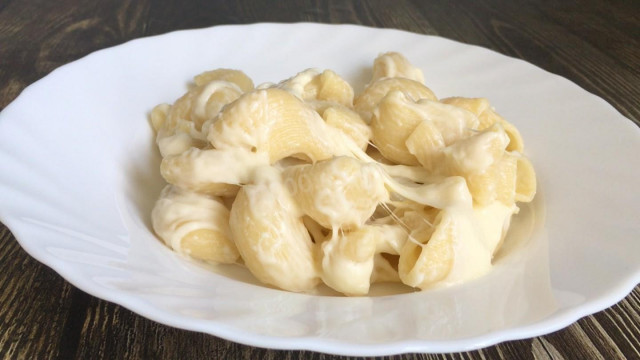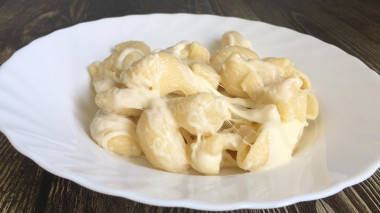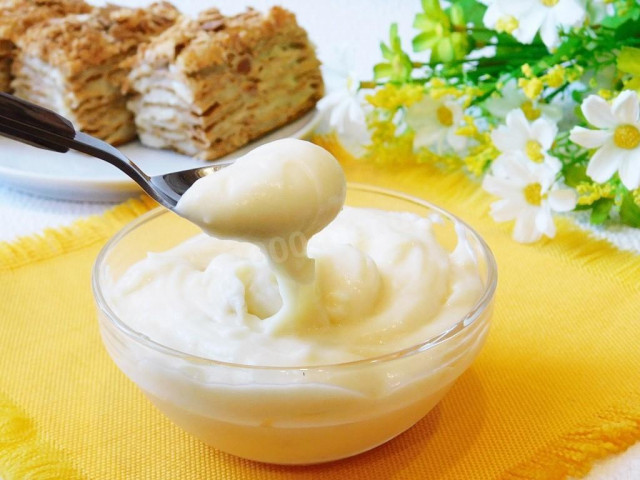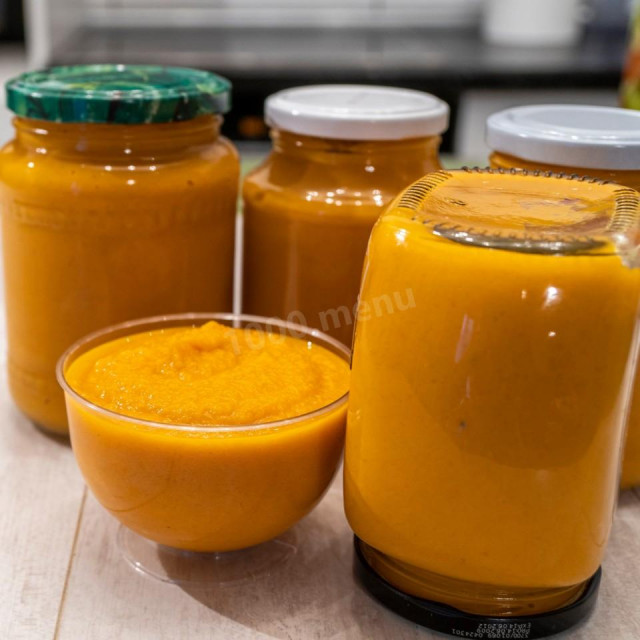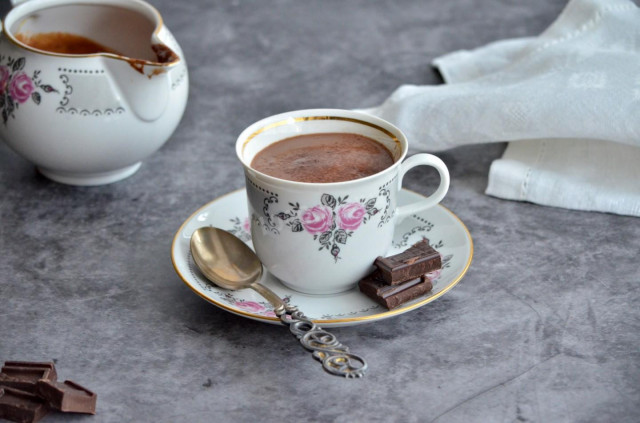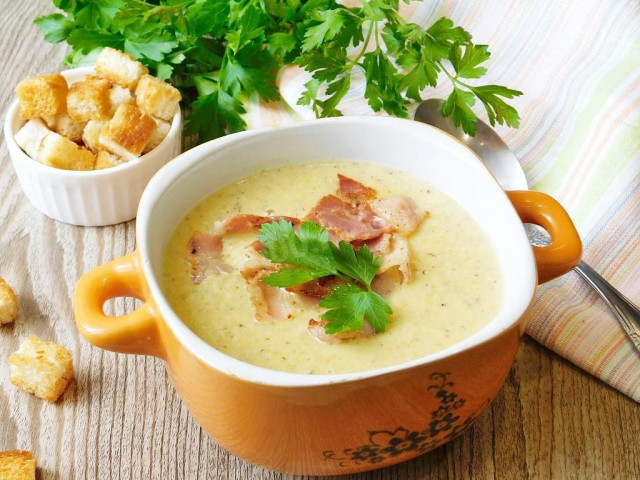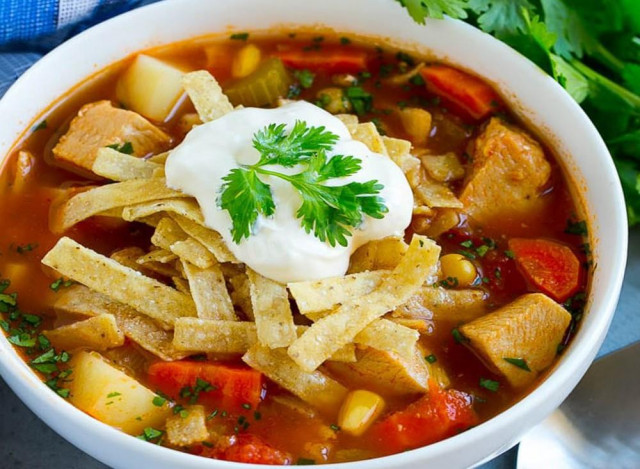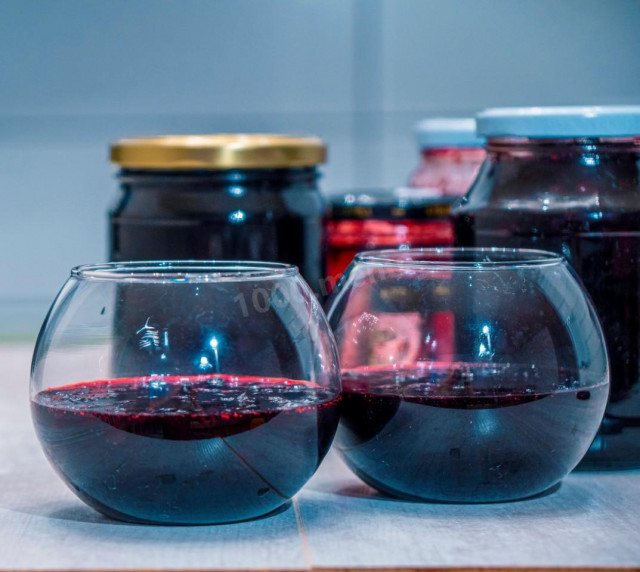Composition / ingredients
Cooking method
Boil the pasta in salted water.
Melt the butter in a saucepan.
Add flour and mix quickly with a whisk.
Add milk in small portions, stirring constantly.
Cook until the sauce thickens. Add salt.
In a bowl, mix the boiled pasta, sauce and cheese.
Macaroni and cheese - also called macaroni and cheese or macaroni in American and Canadian English, macaroni and cheese in the United Kingdom is a dish of English origin consisting of macaroni macaroni and cheese sauce, most often cheddar. It can also include other ingredients such as breadcrumbs, meat and vegetables.
Traditional macaroni and cheese is a casserole baked in the oven; however, it can be cooked in a saucepan on the stove or in a package. Cheese is often first added to bechamel sauce to create a Mornay sauce, which is then added to pasta. In the United States, it is considered a comfort food.
Casseroles with macaroni and cheese were recorded back in the 14th century in the Italian cookbook Liber de Coquina, one of the oldest medieval cookbooks, which featured a dish of parmesan and pasta.
The first modern macaroni and cheese recipe was included in Elizabeth Raffald's 1770 book.
Packaged macaroni and cheese are available in frozen form or in packaged ingredients for simplified cooking. Boston Market, Michelin's, Kraft and Stouffer are some of the most recognizable brands of ready and frozen macaroni and cheese available in the United States.
Various packaged mixes are available, which are prepared in a saucepan on the stove or in the microwave. They are usually modeled after Kraft Macaroni & Cheese (known as Kraft Dinner in Canada), which was introduced in 1937 under the slogan "cook a meal for four in nine minutes." It was an immediate success in the US and Canada amid the economic difficulties of the depression. During the Second World War, rationing led to an increase in the popularity of the product, which could be obtained in two boxes for one brand of food ration.
Caloric content of the products possible in the composition of the dish
- Whole cow's milk - 68 kcal/100g
- Milk 3.5% fat content - 64 kcal/100g
- Milk 3.2% fat content - 60 kcal/100g
- Milk 1.5% fat content - 47 kcal/100g
- Concentrated milk 7.5% fat content - 140 kcal/100g
- Milk 2.5% fat content - 54 kcal/100g
- Pasta, premium, fortified - 337 kcal/100g
- Pasta, premium, dairy - 309 kcal/100g
- Pasta, premium grade, egg - 342 kcal/100g
- Pasta made from flour of the 1st grade - 333 kcal/100g
- Pasta made of flour in / with - 338 kcal/100g
- Boiled pasta - 135 kcal/100g
- Pasta - 338 kcal/100g
- Whole durum wheat flour fortified - 333 kcal/100g
- Whole durum wheat flour, universal - 364 kcal/100g
- Flour krupchatka - 348 kcal/100g
- Flour - 325 kcal/100g
- Butter 82% - 734 kcal/100g
- Amateur unsalted butter - 709 kcal/100g
- Unsalted peasant butter - 661 kcal/100g
- Peasant salted butter - 652 kcal/100g
- Melted butter - 869 kcal/100g
- Mozzarella - 280 kcal/100g

